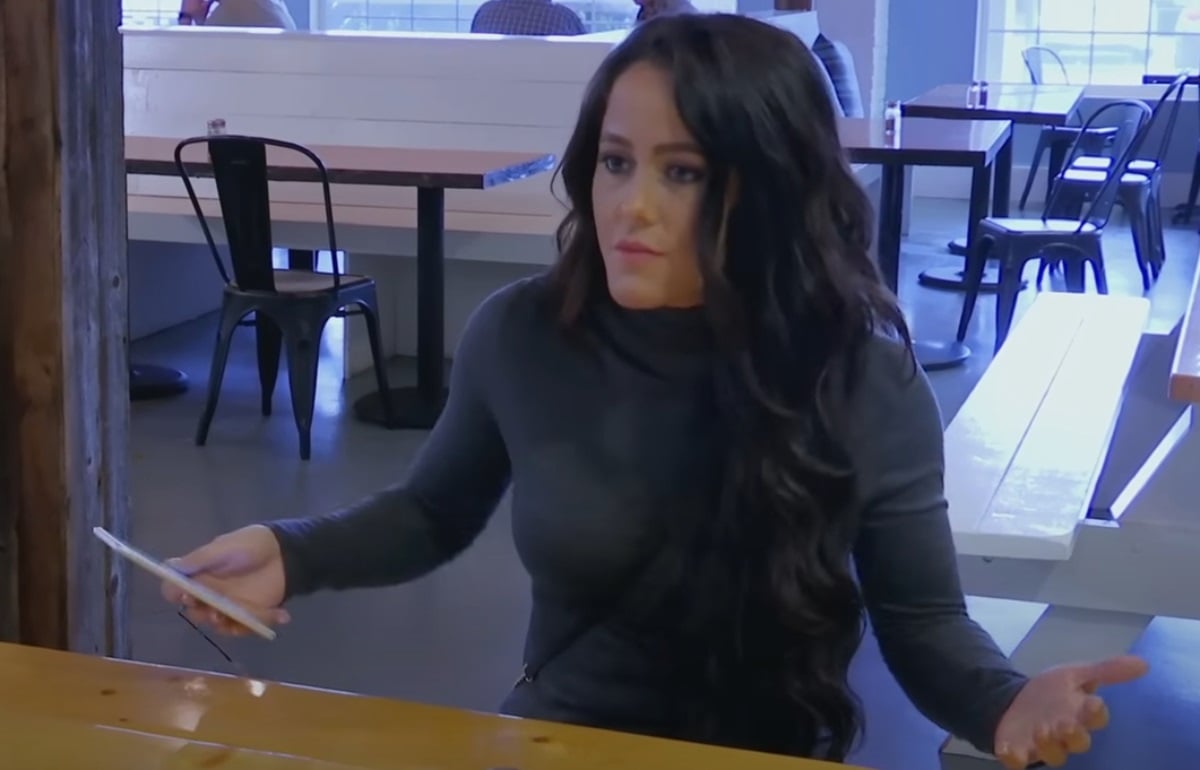‘Sex and the City’: How Much Did Carrie Pay To Buy Her Apartment from Aidan?
Shows based in New York City have been wildly popular for decades. All across the world, people have dreamed of living just like Monica Geller and Rachel Green or Carrie Bradshaw and her band of gal pals. One thing that writers always seem to get wrong in shows based in New York is the price of real estate. It’s just not feasible to live a fabulous lifestyle in New York City on a shoestring budget. Monica and Rachel couldn’t afford their apartment, and Carrie couldn’t swing her rent either. In Season 4, however, Carrie has to figure out a way to buy her studio from her ex-fiancee. The writers never bothered to talk numbers, but we figured out how much Carrie would have needed to purchase her pad.
Carrie had absolutely no money
Carrie was 35 years old when she found herself in desperate need of a down payment. There was one serious problem though; she had absolutely no money. Carrie had a total of $700 in her checking account and just under $900 in her savings account. She had no investment accounts and, presumably, no 401k, either. She was, for all intents and purposes, a bad risk for lenders.
Confused about where all of her money went, Miranda helpfully pointed out that the majority of Carrie’s cash went toward clothing and cosmos. At $400 per pair, Carrie owned roughly 100 pairs of shoes, which Miranda Hobbs pointed out equaled what she would need as a down payment. That means Carrie needed $40,000 to put down on her co-op, and that’s assuming she had a solid enough credit history to qualify for a home loan.
How much did Aidan want for the co-op?
When Aidan Shaw moved out of Carrie’s apartment, he served her with papers asking her to pay him exactly what he paid for the unit. While it’s never mentioned exactly how much that was, it’s easy enough to surmise, considering we know what Carrie’s down payment on the unit was.
Most cooperative buildings in New York City will require potential buyers to have a minimum down payment. That money, generally, can not come in the form of a loan, either. The Brick Underground notes that co-op buildings typically require a potential buyer to have between 20-25% of the value of the unit as a down payment. The percentages can vary, however, depending on the board and the building. Luxury developments may require a 50% down payment, while smaller cooperatives may be willing to entertain buyers who have just 10% to put down.
Since Carrie was seeking out a $40,000 down payment, it can be assumed that her unit was going to cost her between $200,000 and $400,000. Considering that the majority of coops in Manhattan require at least a 20% down payment, it’s safe to assume that the unit was closer to the $200,000 mark.
Is that even realistic for Manhattan real estate?
Carrie’s apartment, located at East 73rd street, was in a desirable neighborhood, but it did lack some of the comforts people look for when they want to buy a unit in Manhattan. The fact that Carrie’s apartment was a studio means it would have been cheaper than units with an actual, sectioned-off bedroom. Her building was also said to be a walkup and didn’t have central air conditioning. In theory, those drawbacks would have made it cheaper than units in buildings with luxury accommodations, but was the $200,000 price tag reasonable?
Apartments are often priced per square foot in places like New York City. According to Miller Samuel Inc., cooperatives were selling for around $800 per square foot in 2002, the year that Carrie had to buy her unit. Assuming Carrie’s apartment was about 500 square feet, the unit should have cost around $400,000. The value of the residence would have taken a hit because of its lack of dedicated bedroom, though. According to the same report, the average studio in Manhattan sold for $281,000 in 2002. While it’s not the $200,000 pricetag hinted at in Sex and the City, it’s not terribly off, either.


